Cooking pasta is no laughing matter in Italy. There’s a right way and a wrong way to do it, and it does make a difference. The mistake people make most often is not using enough water. You need a large pot of water at a rolling boil to give the pasta enough room to move around and cook evenly. Use 4 to 5 quarts of water for every 1 pound of pasta. It’s also very important to salt that water so that the pasta gets seasoned as it cooks. The water should taste a little salty. Use at least 2 tablespoons of salt for every 4 quarts of water.
Not all brands of pasta are created equally and this is reflected in their price which can range from $1 to $9 for 1 pound! Good quality pastas use a high quality semolina flour. The challenge is knowing what quality semolina each brand is using. What you need to know is that good quality semolina is durable enough to be formed into interesting shapes without breaking, so look for a brand with lots of variety and you’ll land on a good brand. The other quality of good pasta is that it is slow dried, rather than quick dried at a high temperature. The way to identify this process in the pasta-making is to look for pasta that has a dusty, rough texture. The slow drying of the pasta gives it more flavor and a sweeter, nuttier note.
Many home cooks add oil to the pasta pot and there’s really no need to do this. The oil sits on top of the water as the pasta cooks and then when you drain the pasta, the oil coats the cooked noodles, making it very hard for sauce to adhere to them. Similarly, some people feel the need to rinse the pasta when it has finished cooking. This is not a good idea either since it rinses off the starches and again makes it more difficult for sauces to coat the pasta. The only instance when you would rinse pasta is when you are making a cold pasta salad.
Next time you’re on deck to cook for the family for pasta night, pick a BIG pot, one of the over 600 shapes of pasta and make it properly!
Quick Notes:
- Use 4 to 5 quarts of water for every one pound of pasta.
- Use 2 tablespoons of salt for every 4 quarts of water.
- Good quality pasta uses a high quality semolina flour and is slow dried rather than high temperature dried.
- When buying pasta, look for pasta with a dusty, rough texture to the pasta from a brand that makes lots of interesting shapes.
- Al dente means “to the tooth” and is the term for when pasta is perfectly cooked with just a little bite to it.
- No need to use oil in your pasta pot
- Never rinse pasta, unless you are making a cold pasta salad.
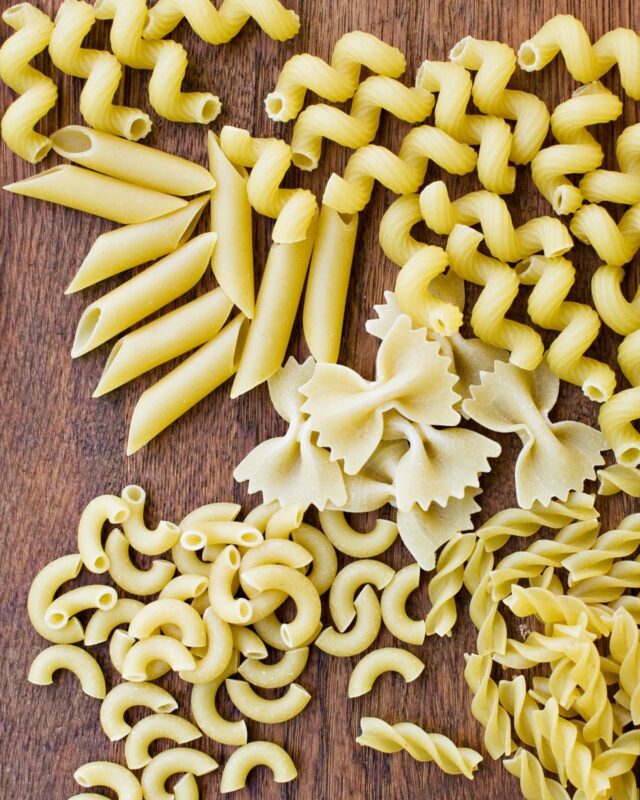
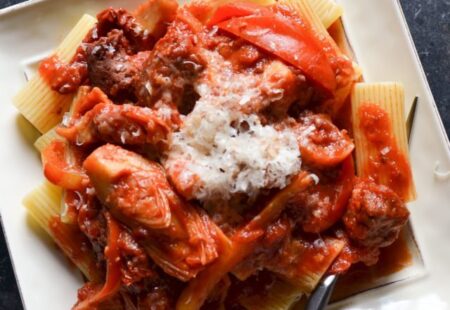
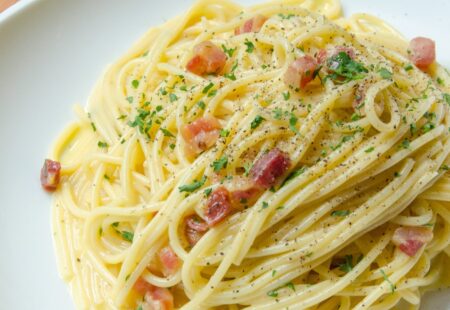

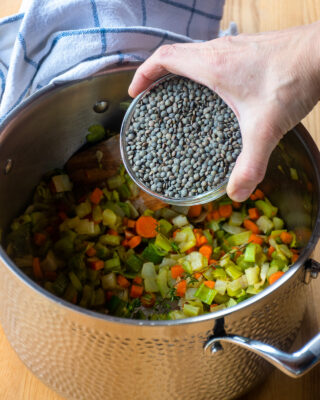
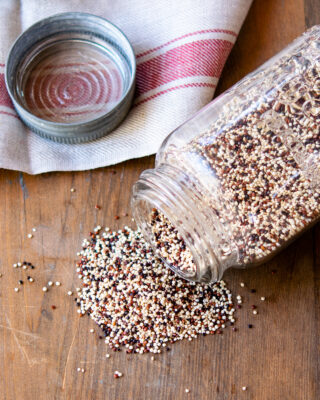

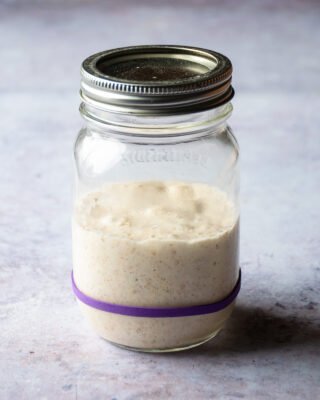
My spaghetti, especially angel hair, often sticks together in clumps on one end while cooking. Those ends are hard when the rest is cooked. I try to remember to stir it almost constantly. Could it be that my only problem is just not using enough water?
Hi Christine,
Angel hair is the hardest pasta to cook because it is so fine and takes so little time to cook. Lots of water will definitely help, as will a big pot so that more of the pasta is covered right from the beginning. Giving it a good stir once or twice should be all you need to do.
ML
Hold all of your amount of long pasta bunched up in one or both hands with the ends in your hands at the same height. Lower the bunch slowly into the boiling water while stirring the water with the pasta. The pasta in the water will begin to soften as you stir, only a few seconds. Keep going until your hands are close to the pot. Then, with the water still swirling (important), let go of the bunch, which will fan out to separate the strands and sink into the pot. Just push the last strands into the water.
Immediately stir the pasta (I use a large, “toothy” pasta spoon) and separate the strands with it. (Meredith might have one in her store.) I hope this helps. [No doubt that Meredith could explain this better and in fewer words.]